Doctor's note requirements
Sweden's Social Insurance Agency, Försäkringskassan, is reintroducing requirements for a doctor's note in order to get sick pay after the 14th day of sick leave, and after the first week of caring for a sick child (VAB). The deadlines were extended earlier this year so that fewer people with mild symptoms would have to seek healthcare during the peak of the coronavirus crisis, but the agency is now returning to the old rules.
The rules were reintroduced on November 1st, and the decision was made by the Social Insurance Agency together with Sweden's regional authorities and health agencies.
If you had your first day of sick leave before November 1st, the interim coronavirus rules will still apply to your situation, so you won't need to submit a doctor's note until after the 20th day of leave.
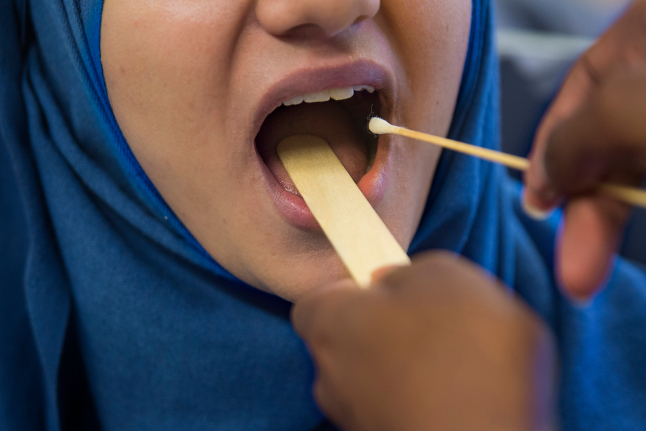
File photo of a doctor examining a woman. Photo: Isabell Höjman/TT
Flu vaccine
Sweden's annual influenza vaccination period is set to get under way on November 3rd. It will be offered for free to two million people in at-risk groups, for example over-65s, people later than 16 weeks pregnant, people with diabetes or heart or lung conditions. More flu vaccine doses than usual have been ordered in order to reduce the number of at-risk patients who need to seek healthcare amid increasing spread of coronavirus in Sweden.

You can get the flu jab at a fee if you're not part of a risk group. Photo: Gorm Kallestad/NTB scanpix/TT
New coronavirus rules for public events
Starting from November 1st, seated audience of up to 300 people are permitted at cultural and sports events in Sweden if a one-metre distance can be kept between groups – up from the previous limit of 50 people.
But there are a few key exceptions:
The 50-person limit will remain in place for events which can't ensure designated seating and distancing, and will apply to public dance events for example at nightclubs – to prevent scenes of overcrowded nightlife venues.
The limit will also continue to apply in the five Swedish regions that have so far introduced local rules to curb an increasingly rapid spread of coronavirus, as well as in the Blekinge region, after decisions by regional authorities.
Unlike many other coronavirus restrictions in the country, these limits are not simply recommendations, but are legal bans imposed under Sweden's Public Order Act.
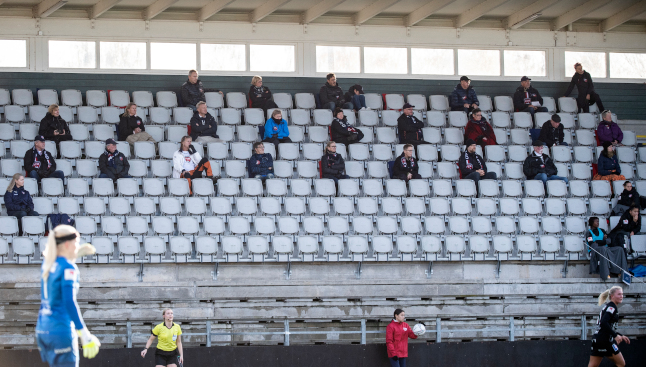
Social distancing at a football match in Malmö. Photo: Johan Nilsson/TT
Regional coronavirus restrictions to expire (maybe)
Five out of Sweden's 21 regions have to date introduced local restrictions to curb the spread of the coronavirus, and they are all set to expire at some point in November: Skåne (November 17th), Stockholm (November 19th), Uppsala (November 17th), Västra Götaland (November 19th) and Östergötland (November 20th).
However, unless the number of coronavirus cases drops markedly, it is entirely possible that these will be extended beyond those dates (indeed, the region of Uppsala has already extended its restrictions once).
You can read more about what rules apply in your region here.

A near-empty shopping centre in Gothenburg. Photo: Björn Larsson Rosvall/TT
Travel advisory
At the time of writing, Sweden's foreign ministry recommends against non-essential travel to four EU countries – Estonia, Ireland, Latvia and Lithuania. That recommendation is in place until November 4th. Similarly, it recommends against travel to non-EU/EEA/Schengen countries until November 15th. Both dates could either be extended or, in theory, scrapped early (the latter is less likely than the former).
The advisory is not a legally binding ban, but has other implications that residents in Sweden may want to take into account, for example that your Swedish travel insurance may not be valid if you disregard the advice.
The guidance has been in place since an early stage in the pandemic and relates to restrictions in place for travellers rather than the spread of infection in the countries.

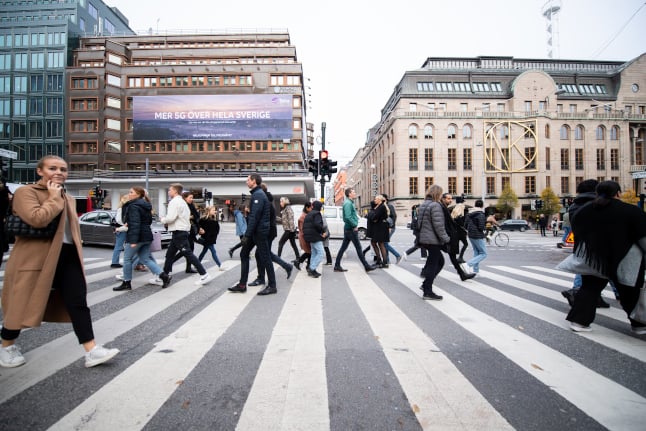
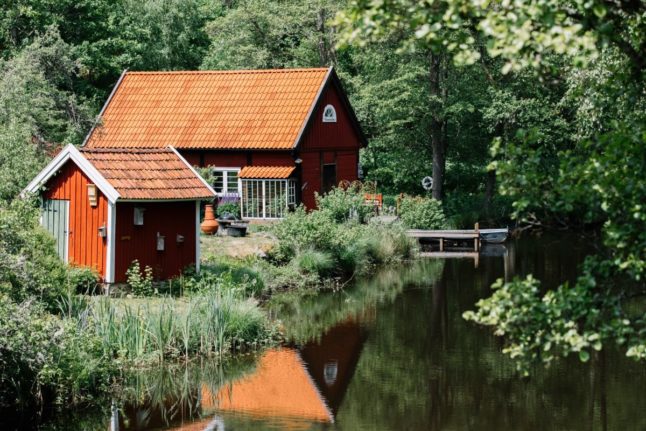

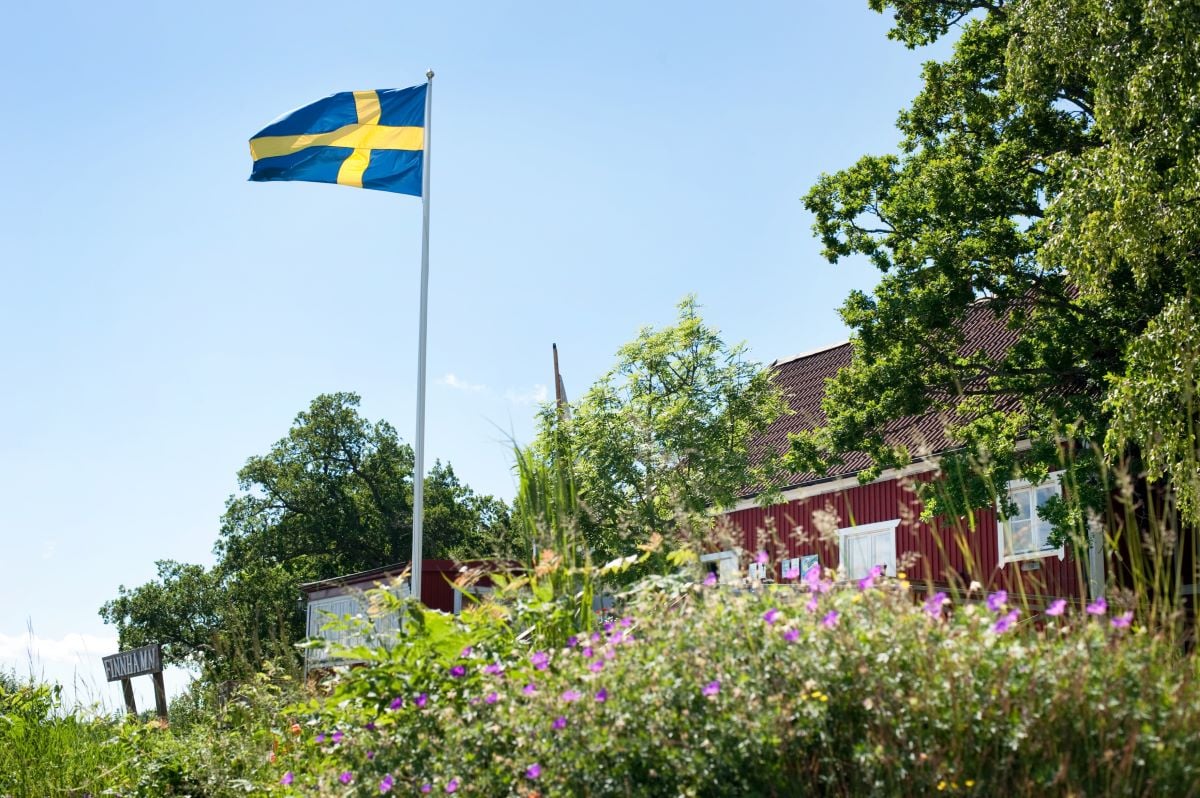
 Please whitelist us to continue reading.
Please whitelist us to continue reading.
Member comments